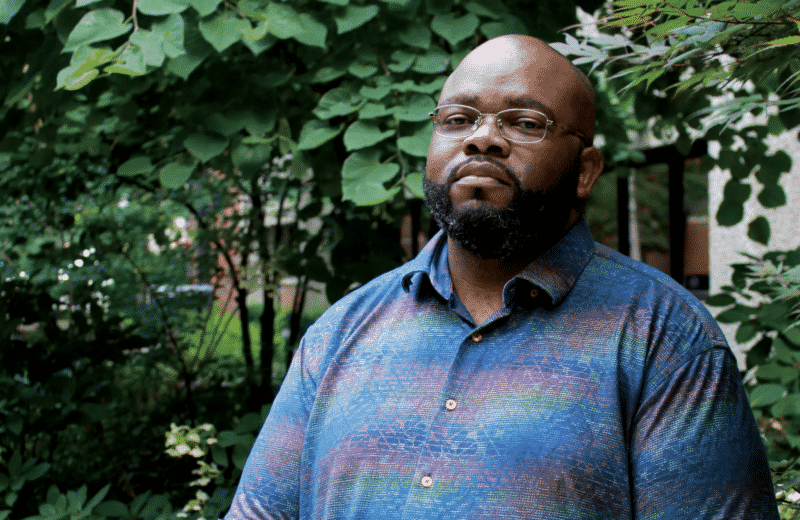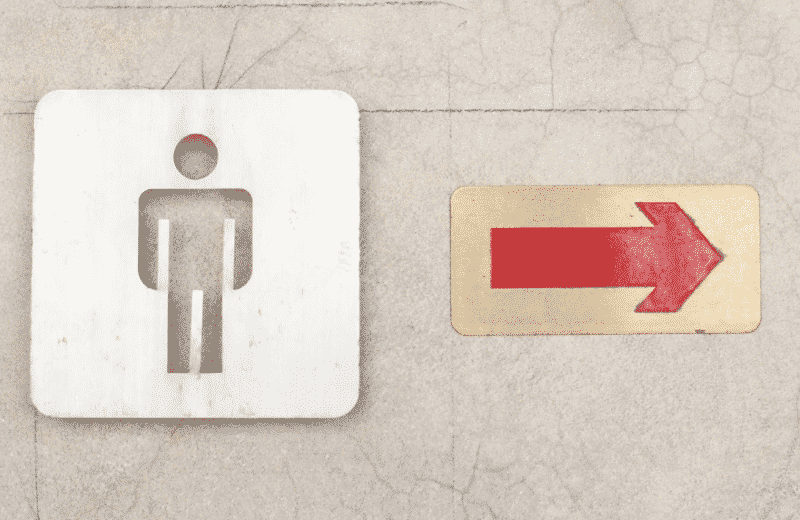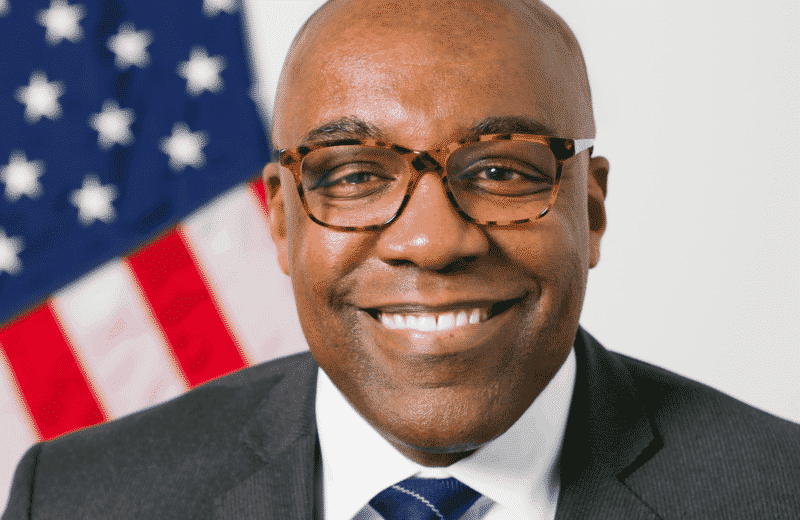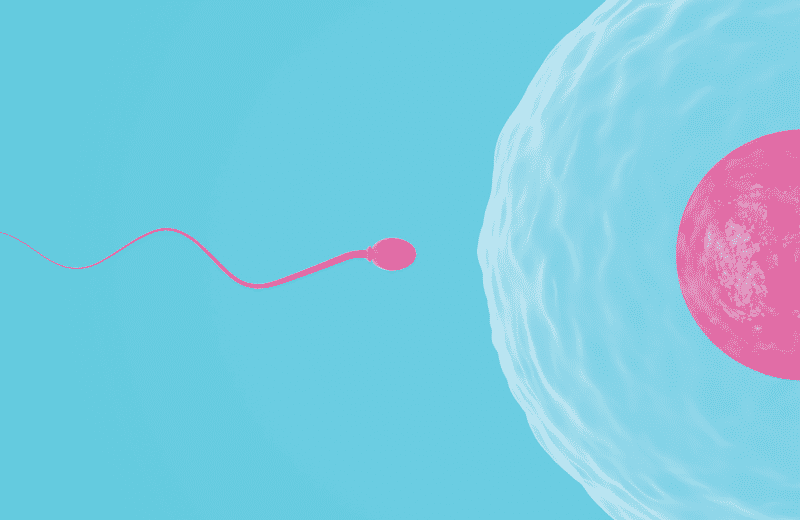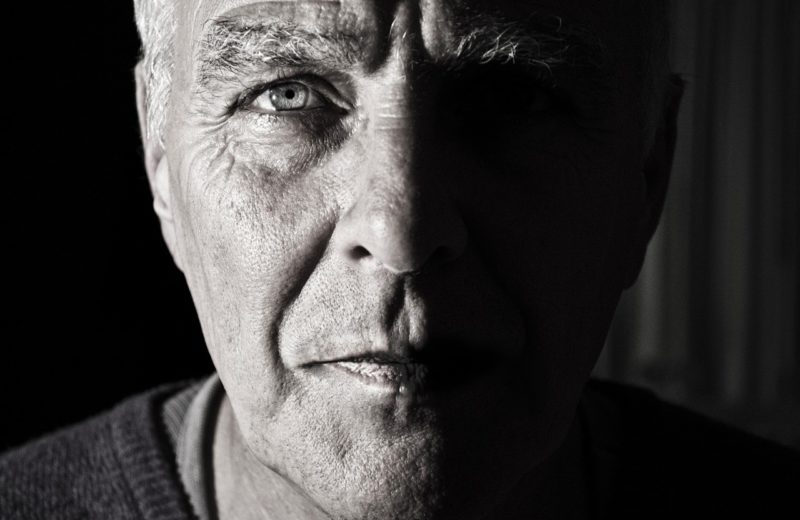Andropause — a gradual decrease in testosterone — can affect men over 40
As a man reaches his 40s and beyond, he may realize that his sex life is no longer as good as it used to be and his waistline is expanding. He might have trouble getting a good night’s sleep, get irritable quickly or feel depressed. These symptoms may be the result of andropause, sometimes mistakenly called male menopause.
“Andropause, which is considered a natural aspect of aging, is the slow decline of serum testosterone levels of about 1% a year starting at about the age of 30,” says Nelson Bennett Jr., MD, a urologist at Northwestern Medicine. It’s different from menopause, a sudden decrease in a woman’s hormone levels that causes ovulation to cease.
The testosterone effect
Testosterone, the major sex hormone in men, plays an essential, wide-ranging role in producing the traditional physical and mental characteristics of masculinity.
“Testosterone is ubiquitous in virtually every organ and tissue in the male body, including the brain, the sex organs, the muscles, the liver and the bones, which all have testosterone receptors,” says Laurence Levine, MD, professor in the department of surgery in the division of urology at Rush Medical College.
The gradual decrease in testosterone associated with andropause can result in a variety of physiological and psychological symptoms including erectile dysfunction, increased body fat, low energy, low strength and mood swings.
Before a doctor makes a diagnosis of andropause, he or she will rule out other conditions that may be associated with the symptoms, such as cardiac problems, high blood pressure, diabetes, obesity or depression. If symptoms of andropause continue after underlying conditions are treated and tests show that testosterone levels are normal for a man’s age, the next step might be a drug like Viagra to treat the common symptom of erectile dysfunction.
Men experiencing the symptoms of andropause are advised to make healthier lifestyle choices. Bennett recommends aerobic exercise to release endorphins that improve mood, along with strength training to increase blood flow and strengthen the heart. He also advises a healthy diet and a decrease in alcohol and tobacco intake. “I tell patients that what’s good for their heart is also good for their penis and testicles,” he says.
Bennett cautions men against taking over-the-counter supplements to increase testosterone levels. “They have never been proven to be helpful and may even contain unknown levels of testosterone or dangerous chemicals,” he says.
The gradual decrease in testosterone associated with andropause can result in a variety of physiological and psychological symptoms.”
Using testosterone replacement therapy (TRT) to treat andropause-related low testosterone is controversial, the Mayo Clinic says, as the benefits aren’t clear and there are possible risks.
Levine says to be wary of men’s health clinics offering testosterone treatments. “Men’s health clinics may be staffed by a person who does not have expertise in low testosterone and [who] may prescribe treatment that is not medically appropriate,” he says.
“I recommend that men go to a urologist or an endocrinologist who has expertise in the specialty.”
Hypogonadism and testosterone
While andropause is the gradual decrease of testosterone that is considered a natural part of the aging process, some men have a medical condition called hypogonadism, a testosterone deficiency that results when the testicles produce little or no testosterone or the hypothalamus or the pituitary gland has a problem sending a signal to the testicles to produce testosterone. Hypogonadism can be caused by genetics, an injury, an infection or cancer treatment, among other issues. Levine says it can also be the result of stress or the use of opioids.
Unlike with andropause, men with hypogonadism may be prescribed TRT, which can be delivered in a variety of ways. Men can inject testosterone themselves with a needle into a muscle every week or two, a therapy that’s typically covered by insurance, Bennett says.
Testosterone gels, which are applied once a day, are the most popular option, but they are not always covered by insurance and can cost between $200 and $400 a month out of pocket. The gels can be problematic though, Bennett says, since testosterone in the gel can be transferred to others, including children and pets.
TRT has some risks. Levine says it does not cause prostate cancer, but it can stimulate any sleeping prostate cancer cells a man may have. Also, if a man has had a recent cardiac event, he should check with his cardiologist before undergoing TRT.
Whether a man is experiencing symptoms of andropause caused by a low level of testosterone that’s normal for his age or hypogonadism resulting from the body’s problem producing testosterone, it’s important to consult with a knowledgeable medical professional to get the proper diagnosis and learn about the appropriate options for each condition.




